The 10 Best Space Photos Of 2013: Stormy Saturn, Cosmic Caterpillar, China Lands On Moon [PHOTOS]
Say cheese, Universe! Humanity kept all sorts of eyes (and lenses) on the sky this year. Here’s a roundup of some of the best celestial snapshots we’ve seen:
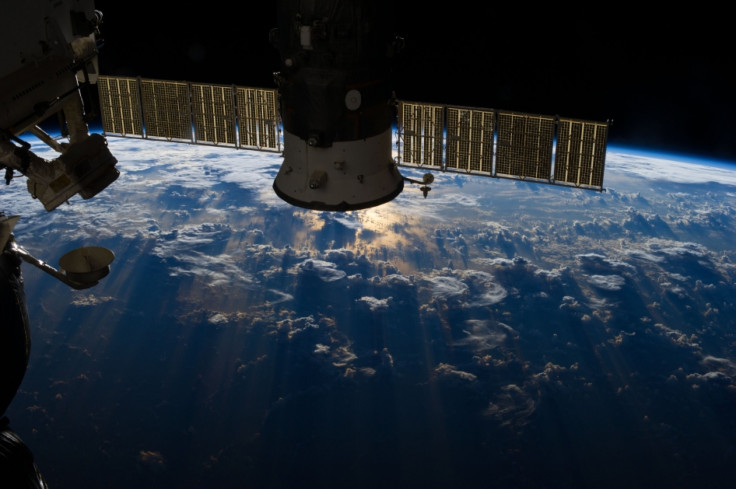
An International Space Station astronaut in July snapped this breathtaking view of sunlight and shadows playing over storm clouds over the Atlantic Ocean, near Brazil.

The Horsehead Nebula, located in the constellation Orion, is one of the more iconic images in astronomy. This year, the Hubble Space Telescope painted a portrait of the nebula in a new light: infrared!
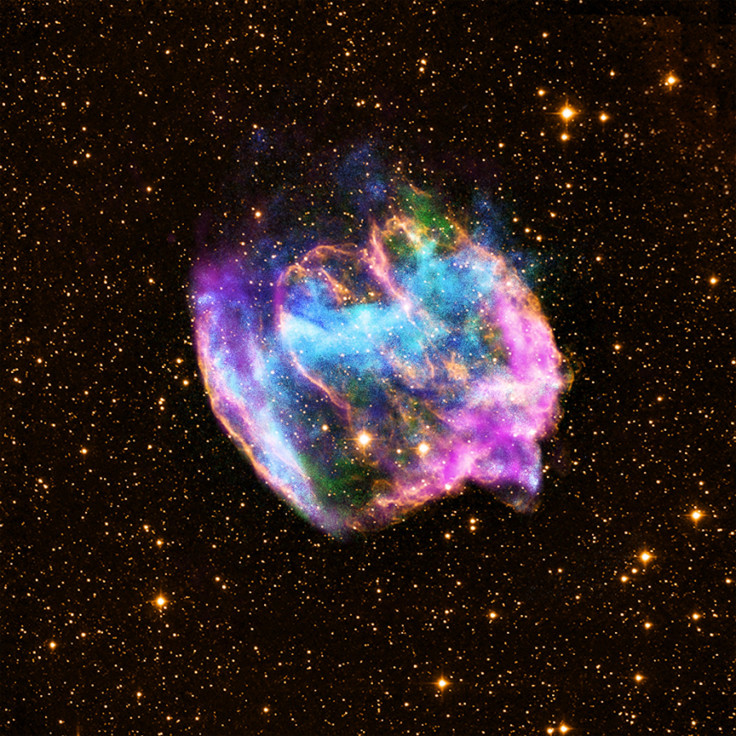
W49B is the remnant of a supernova located 26,000 light years away, captured here through X-ray, radio, and infrared data. This remnant is a bit of an odd duck, since it’s not a uniform explosion. Usually, material from the dying parent star of a supernova gets blasted away just about evenly in all directions when it detonates, but W49B has an elongated, barrel-like shape. Slate astronomer Phil Plait and others suspect that the formation may also be the remnant of a gamma-ray burst, one of the most-violent explosions in the universe. Such bursts occur when a star collapses to form a black hole while surrounded by a disk of hot, rotating, magnetized gas. Most of the gas is sucked into the black hole, but some of it shoots out in pairs of opposing jets.
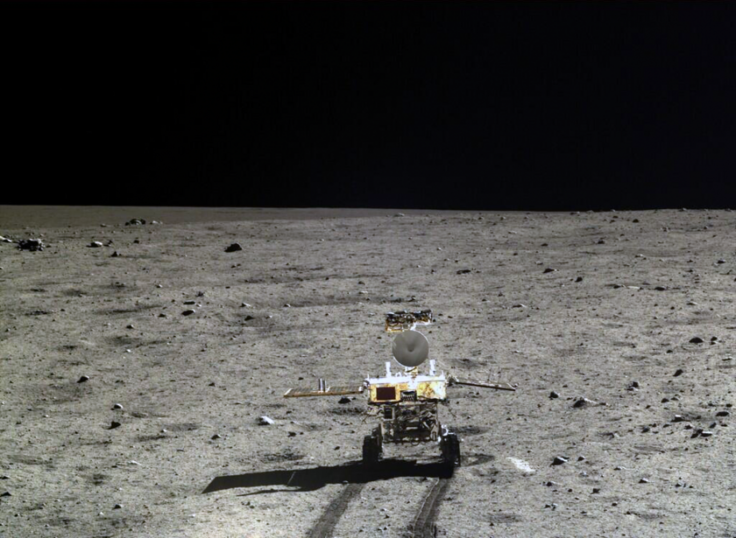
The Yutu lunar rover, captured on camera by the Chang’e 3 lander on Dec. 22. China’s successful landing is a first for the country, and the last spacecraft to make a soft landing on the moon since the Soviet Union’s Luna 24 probe touched down in 1976 (NASA purposefully crashed two probes into the surface of the moon last year, if you recall).

Computer programmer Gordan Ugarkovic stitched this gorgeous composite image of Saturn together using more than 30 separate shots taken from the Cassini spacecraft. It’s a breathtaking view of one of our solar system’s most iconic titans.

It was an especially good year for fans of Saturn. Cassini also delivered this close-up of the massive, hexagonal hurricane looming over the ringed planet’s north pole.
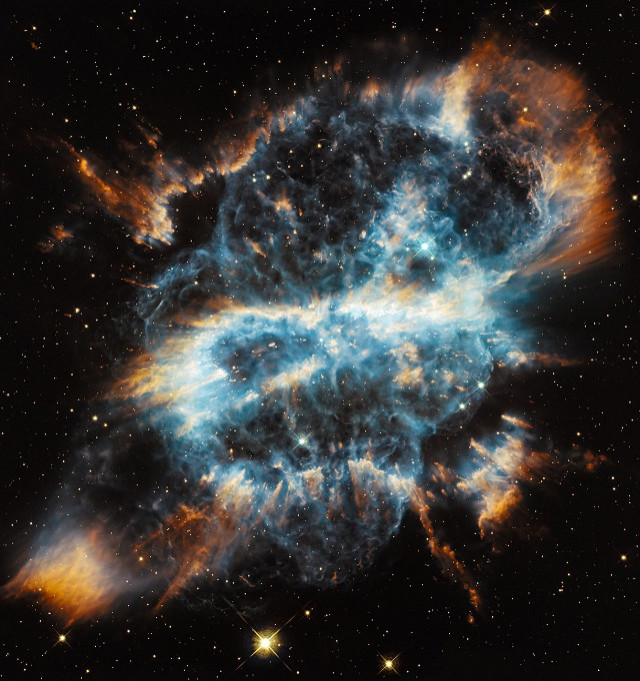
We should all be so lucky to leave such good-looking corpses as stars do. NGC 5189, seen here, is the swan song of a star in the Musca constellation. After swelling up into a red giant, the star has shrunken into a white dwarf, spewing cosmic gales of wind and gas into space as it goes and forming this spectacular S-shaped planetary nebula.
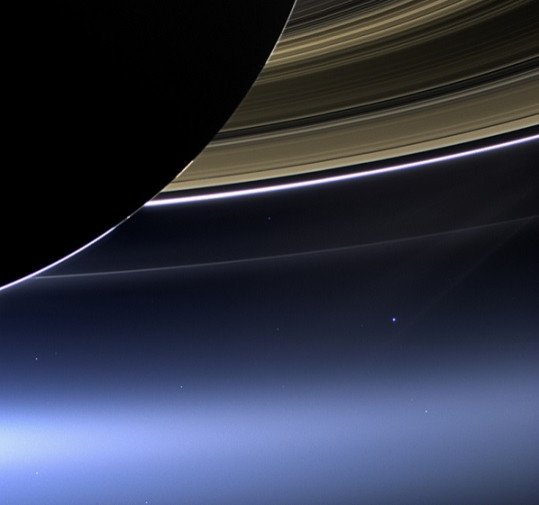
At a distance of 898 million miles, Earth (center-right) is the merest of pale blue dots in this shot taken by Cassini from the dark side of Saturn.
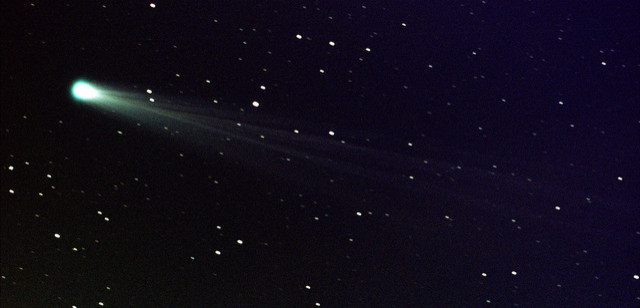
Poor ISON, like Icarus, flew too close to the sun. Skywatchers held out hope that the comet would survive its trial by fire in late November, but ISON seems to have left only scattered dust behind. Still, with this being the most closely-watched comet pass ever, ISON didn't die in vain; scientists will be sifting through the observations for years to come.
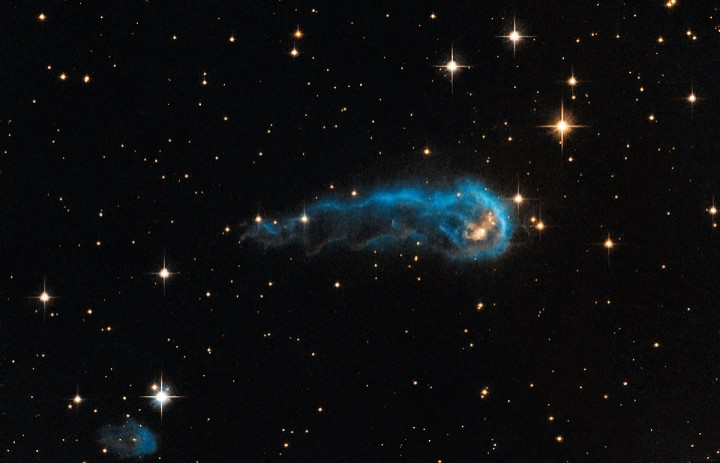
It looks like a cosmic caterpillar is munching through the stars in this image taken by the Hubble Space Telescope. But actually, this is a “protostar” that’s getting blasted with ultraviolet radiation from a nearby cluster of stars known as the Cygnus OB2 association. If this caterpillar can manage to collect enough material, it could metamorphose into a beautiful stellar butterfly.
© Copyright IBTimes 2024. All rights reserved.





















